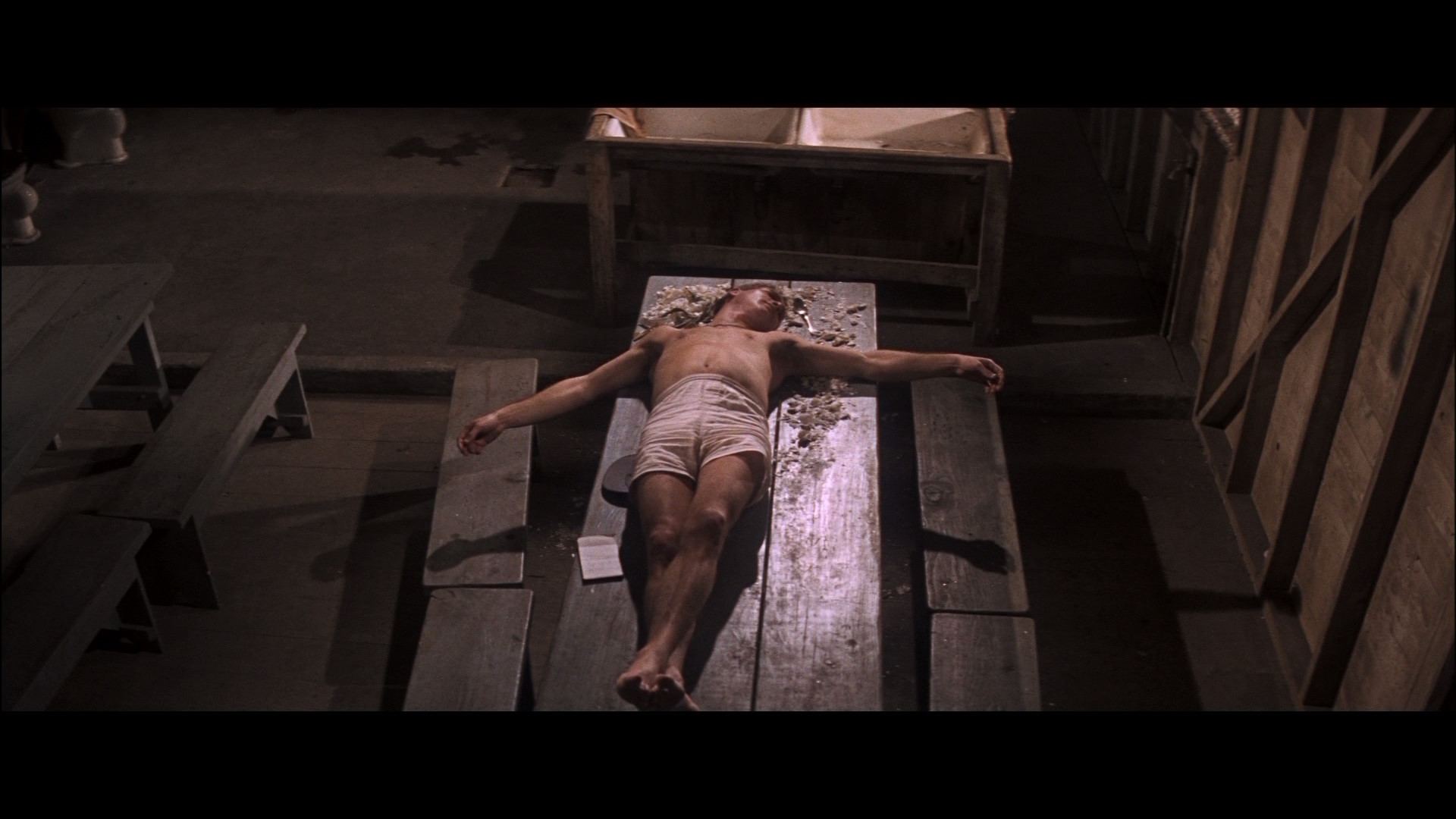
Cartier-Bresson was a master of taking photos at the crucial moment, and I believe this photo displays that tactic better than any. The setting seems almost grim with the evening or morning fog, and the sharp spikes of the fence seem threatening when accompanied by the zig-zag lines of the roofs behind it. The lines of the background are sharp and reflected on the smooth surface of the water, but the rounded lines in the foreground pose a pleasant contrast. Everything seems still except for the figure jumping from the ladder toward what is likely dry land outside of the picture's framing. Yet, we can tell that there is no way that the man could have made it. His heel is mere inches from the water, yet in this image he will never touch the water, never break its smooth surface with a splash. He is forever frozen in time as a dark, blurry figure, suspended in mid-air. Even the ripples the ladder made in the water seem unreal and add to the altogether strange and wonderful aesthetic of the photograph. This image makes one wonder what happened after the picture was taken, and I doubt that if it were taken moment before or after that it would be such a famous picture.



